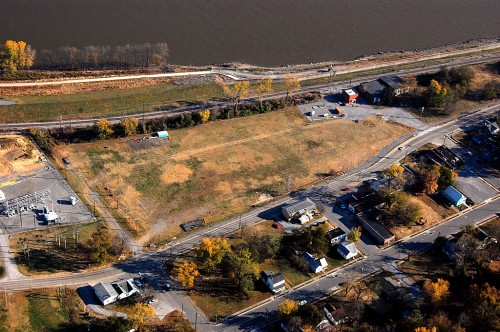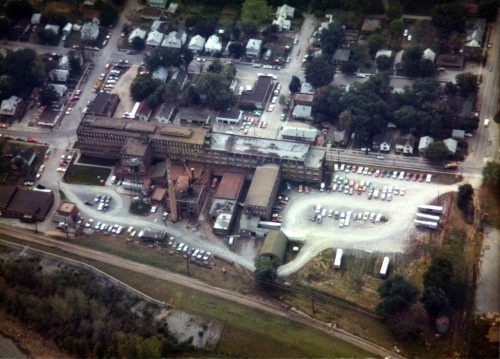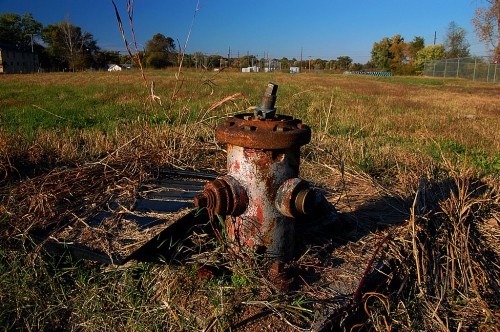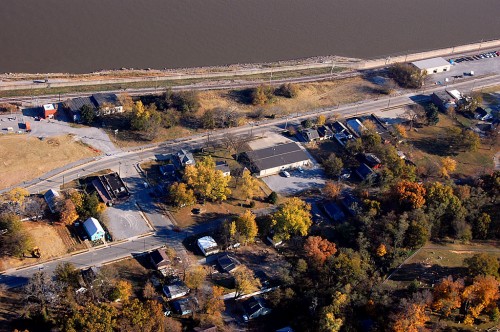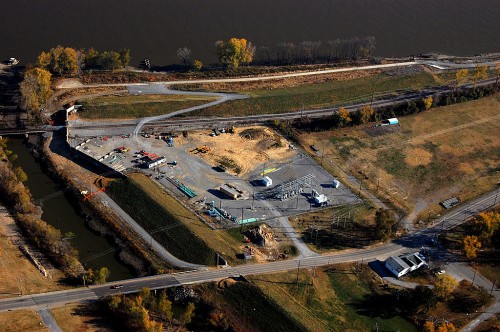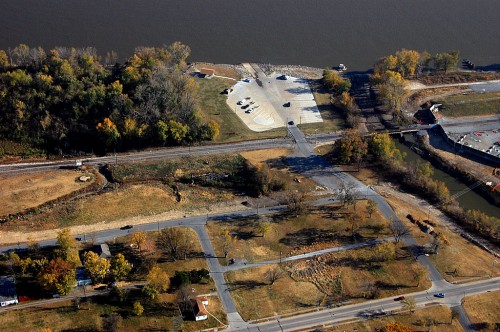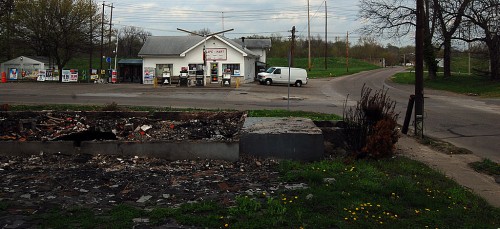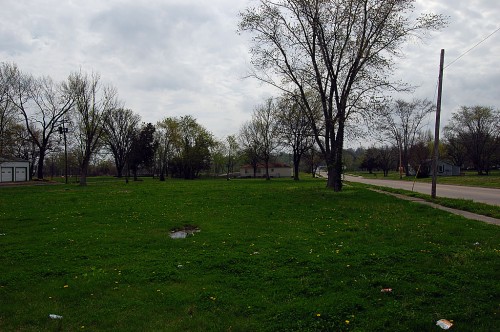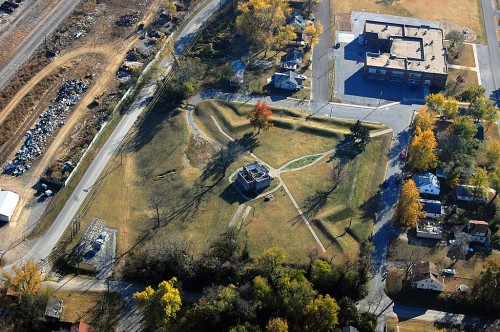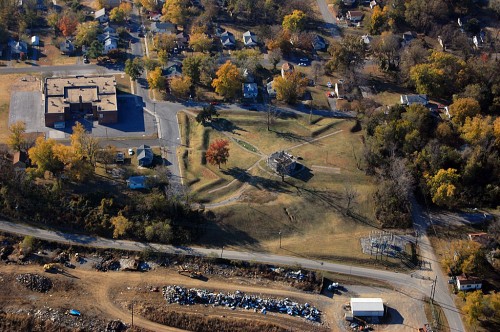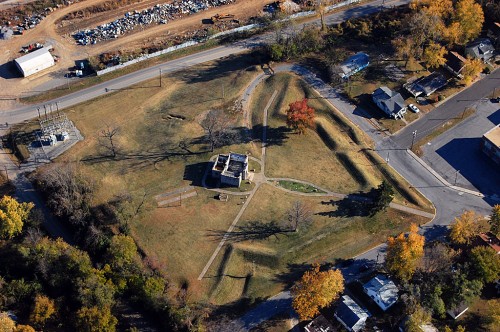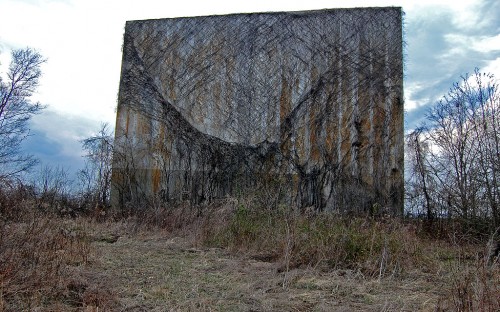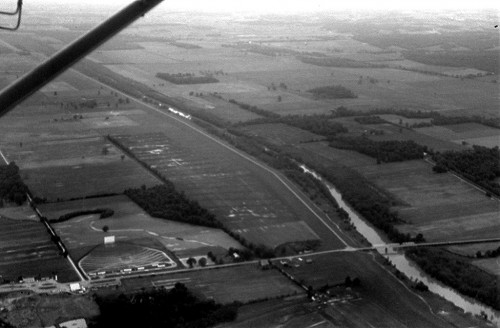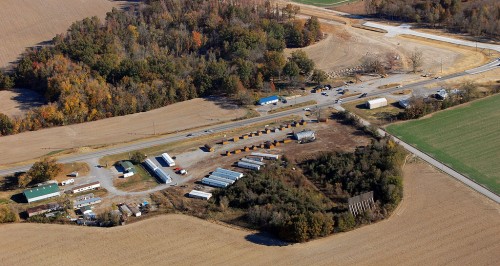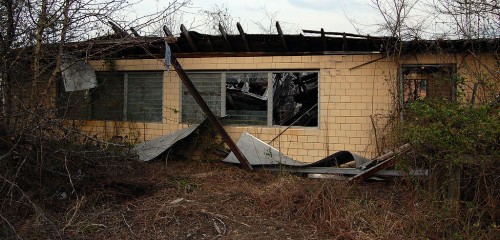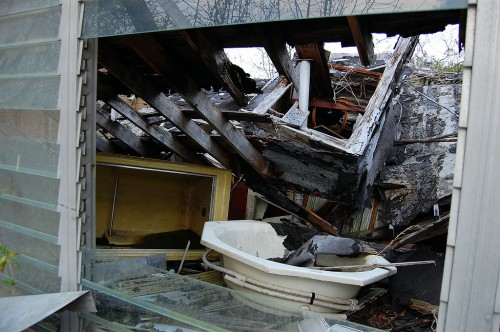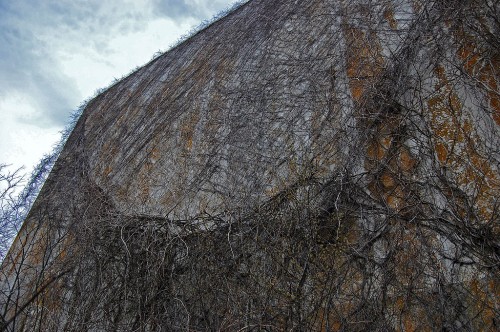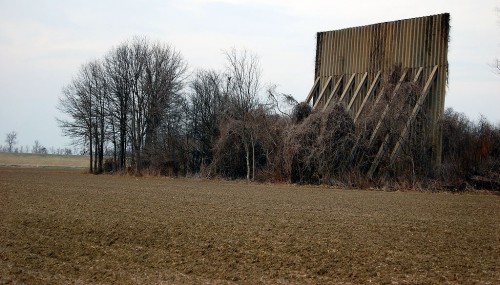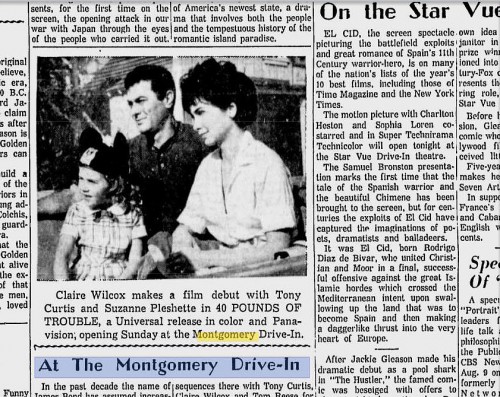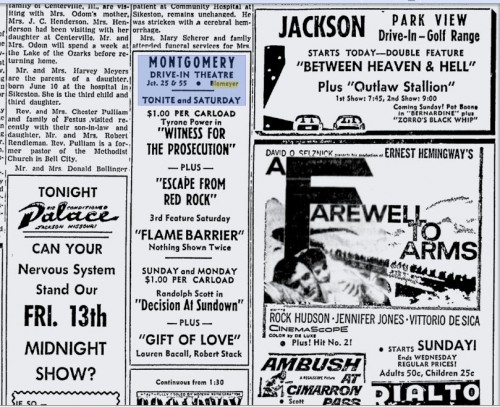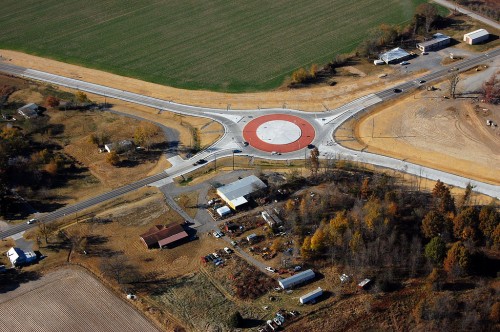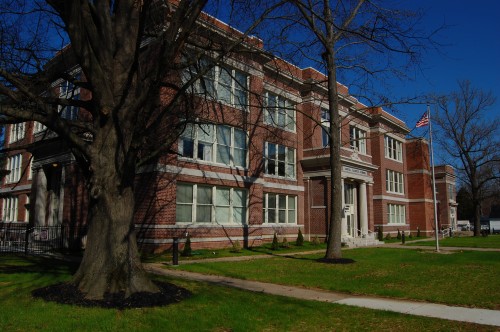 Marla Mills, Executive Director of Old Town Cape, wrote, “One of the most difficult challenges a community can face is the dilemma posed by a white elephant – a big, empty, deteriorating building that no knows what to do with. It was not so long ago that Cape Girardeau was faced with a building that could have easily become a white elephant.
Marla Mills, Executive Director of Old Town Cape, wrote, “One of the most difficult challenges a community can face is the dilemma posed by a white elephant – a big, empty, deteriorating building that no knows what to do with. It was not so long ago that Cape Girardeau was faced with a building that could have easily become a white elephant.
Central High School, located in Cape Girardeau’s downtown area, was used as the public high school from its construction in 1915 until 1953 when the new Central High School was built on Caruthers Ave. The original high school building continued to be used as a public school, initially as a junior high. In 1964 it became a seventh grade center and was renamed in honor of Louis J. Schultz, an educator who served the public school system for 36 years working in the building as a teacher, a principal, and superintendent. Most recently portions of the building were used for alternative education until its closure in 2008 when the building showed evidence of deferred maintenance.”
A true neighborhood school
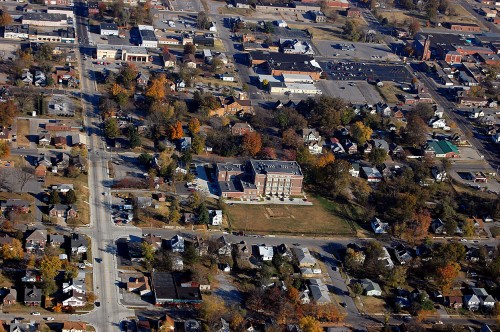 You can see from this aerial photo taken in November that Central High School was truly a neighborhood school where a substantial number of its students were within walking distance. (Click on the photo to make it larger.)
You can see from this aerial photo taken in November that Central High School was truly a neighborhood school where a substantial number of its students were within walking distance. (Click on the photo to make it larger.)
Schultz School saw many changes
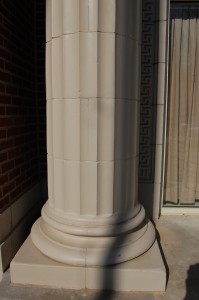 Marla explained that “the 1915 Central High School had undergone many changes to meet growing school needs. A 1919 arts wing and a 1942 shop wing were added.
Marla explained that “the 1915 Central High School had undergone many changes to meet growing school needs. A 1919 arts wing and a 1942 shop wing were added.
“In 1964, major alterations updated the facility, replacing the original sash windows with banks of aluminum awning windows and reworked doorways with commercial aluminum framing. The original hallway wainscoting with its simple wood cap was replaced with simple 4×4 off-white glazed tiles, the doorways to the upper level of the gymnasium from the main hallway were blocked up, numerous additional lockers added, and the stairways reworked, replacing the original wood wainscoting and railings with a modern small tile mosaic half wall and aluminum railings. Some of the stairways were enclosed with complete walls.
An additional stairway was built between the 1915 and 1919 wings, and in 1991, an elevator was added, making the building handicap accessible. [That addition covered up half of the original 1914 cornerstone.]
School District sold Schultz School in 2008
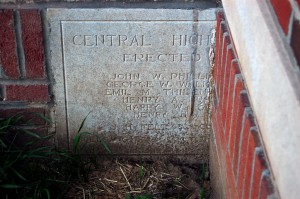 By 2007, the school district had determined that the building had outlived its usefulness and would cost too much to rehabilitate and renovate.
By 2007, the school district had determined that the building had outlived its usefulness and would cost too much to rehabilitate and renovate.
That’s where local developer Chad Hartle stepped in. He worked to get the school listed on the National Register of Historic Places. Once that happened, it allowed him to seek state and federal rehabilitation tax credits and housing tax credits.
He bought the building in August 2008 for just under two million dollars. To make the project work, he had to figure out how to provide affordable senior housing, preserve the original character of the building through historic preservation and to do it in a way that made economic sense.
Hartle preserved Cape’s heritage
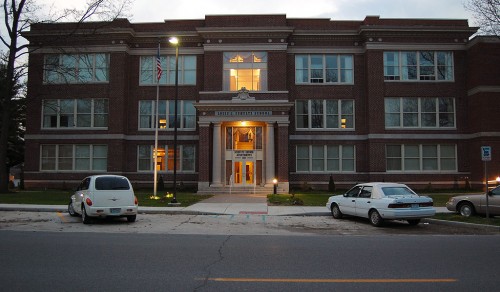 From Marla: “But Chad did more than just save a building… he helped preserve Cape Girardeau’s heritage. With the project completed, the building still illustrates its original use – a school—even as it successfully accommodates its new use—senior housing.
From Marla: “But Chad did more than just save a building… he helped preserve Cape Girardeau’s heritage. With the project completed, the building still illustrates its original use – a school—even as it successfully accommodates its new use—senior housing.
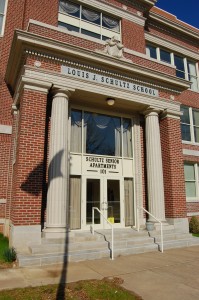 “The current historic rehab project removed most of the 1964 alterations. The 4×4 tile was removed, the wood wainscot cap reconstructed in the hallways and stairways and the openings to the upper level of the gymnasium were reopened. The staircases were reopened and the wood cap railings reinstalled.
“The current historic rehab project removed most of the 1964 alterations. The 4×4 tile was removed, the wood wainscot cap reconstructed in the hallways and stairways and the openings to the upper level of the gymnasium were reopened. The staircases were reopened and the wood cap railings reinstalled.
“The 1964 staircase was eliminated to create a larger elevator lobby. Classrooms were converted into individual apartment units. The original width of the hallways has been retained, along with original doors, transoms and flooring.
“And to help achieve an “old school” feeling and association, the 1960s windows were removed and replaced with windows similar to the original 1915-era windows. Even the space where the lockers were in the hallway has been retained to preserve the look and feel of the old high school.
“In addition to the rehab work, Chad made an effort to incorporate the history of the school and the community in the interior design. He incorporated murals depicting a time line and other memorabilia that gives visitors and occupants a true sense of what happened within the walls of the old school. All this is incorporated into completely modern, up-to-date and energy efficient apartments.
Preservation of Heritage Award
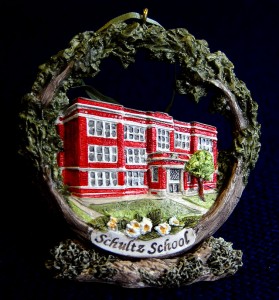 Old Town Cape awarded Chad the Preservation of Heritage Award for his work on Schultz Senior Apartments. In making the award, Marla noted that this isn’t an annual award. “In fact, it has only been presented three times before: in 2004 for the Marquette Towers project, in 2006 for The Southeast Missourian project and in 2008 for the River Campus Project.”
Old Town Cape awarded Chad the Preservation of Heritage Award for his work on Schultz Senior Apartments. In making the award, Marla noted that this isn’t an annual award. “In fact, it has only been presented three times before: in 2004 for the Marquette Towers project, in 2006 for The Southeast Missourian project and in 2008 for the River Campus Project.”
The building is also featured as the 2010 Old Town Cape collectible ornament.
Interior photos tomorrow
We’ll go inside the Schultz Senior Apartments tomorrow. Be prepared to be impressed. The apartments are first-rate and the public areas make you feel like you’re in a museum. It’s one of the nicest apartment buildings I’ve been in.

